Discover, Learn, immerse, Connect
NABAKALEBARA
The Lord’s Rebirth
Vāsāmsi jīrnāni yathā vihāya navāni grhnāti narah
aparāni tathaā śarīrāni vihāya jīrnāni anyāni
samyāti navāni dehī
- Sankhya Yoga of Bhagvat Geeta
The Sloka says, “Human body is the abode of atma (soul) which needs to be adorned with new clothes when the old ones are worn out and discarded.”
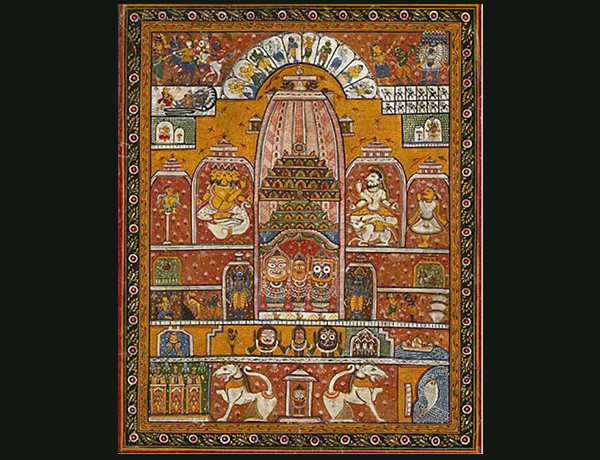
The uniqueness of Lord Jagannatha of Puri lies in His distinct physical image and rituals of worship. The ceremony is based on the idea that the eternal law of the mundane world that the body is perishable while the soul lives on, is also applicable to Lord Jagannatha Himself. The term ‘Nabakalebara’ is hence a unification of two Odia words ‘Naba’ meaning new and ‘Kalebara’ meaning body.
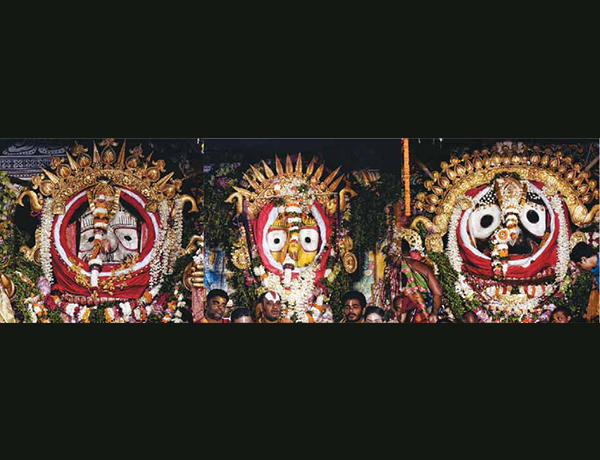
This rare ritual is set in motion every Joda Asadha or the intercalary month of Asadha at the renowned Jagannatha Temple, Puri.
The much awaited ceremony occurs after every 8, 12, or 19 years (based on the astrologer’s calculations) and continues for a period of three-four months (March or April to July). The proceedings of the ritual usually begin in the aftermath of Ram Navami on Chaitra Sukla Dasami i.e. 10th bright full moon day of the Odia month of Baishakha.
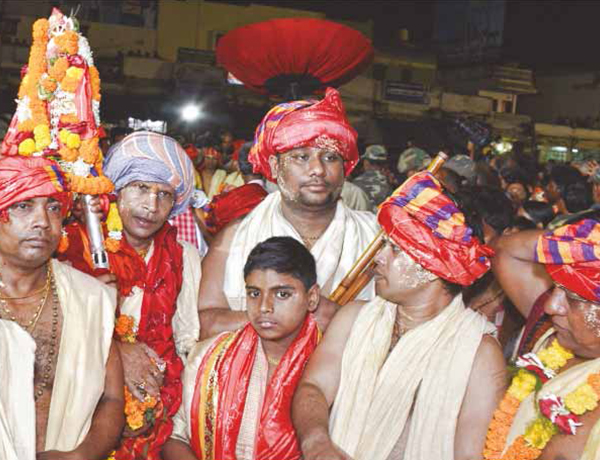
The Nabakalebara ceremony begins with the ritual of Vanayaga Yatra, a holy expedition in search of the sacred neem trees (Darus) out of which the new deities of Chaturdhamurti, i.e., Sri Balabhadra, Devi Subhadra, Sri Jagannatha and Sri Sudarshan, are carved. The yatra begins and ends at Jagannatha Temple, Puri, travelling through villages, rivers, and jungles. Vanayaga is the Maha Yajna performed at the selected neem trees in the forest.
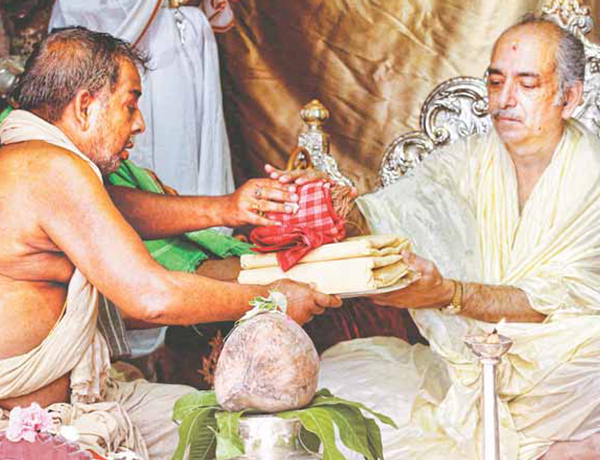
On the auspicious morning of Chaitra Shukla Dasami, the Gajapati (King of Puri) performs the Gua-Teka ritual by handing over coconut and betel nut to the Rajaguru (Royal Priest). This ritual signifies the commencement of the Vanayaga Yatra.
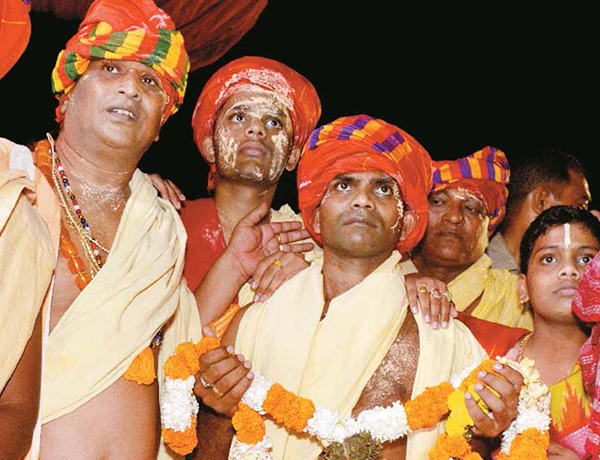
In the afternoon, the Pati Mohapatra delivers three Ajnamalas (flower garlands) to the three Badagrahi Daitas (responsible for particular deities or chariots).
The flower garlands symbolize divine blessings for beginning the quest for the sacred neem trees.
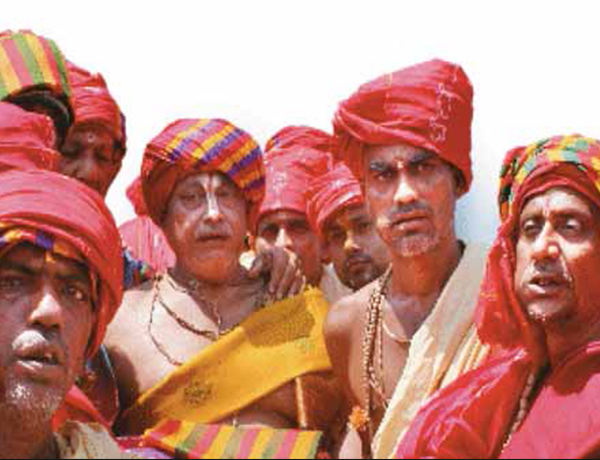
After receiving the Ajnamalas, they come out of the inner Sanctum Sanctorum to perform the Sadi Bandha ceremony.
The Bhitachatra Mahapatra, ties the Geeta Govinda Khandua Silk cloth on the heads of the Badagrahi Daitas and smaller pieces of Khandua silk on the heads of other Daitas of the Vanayaga Party as a symbol of authorization for performing particular rituals.
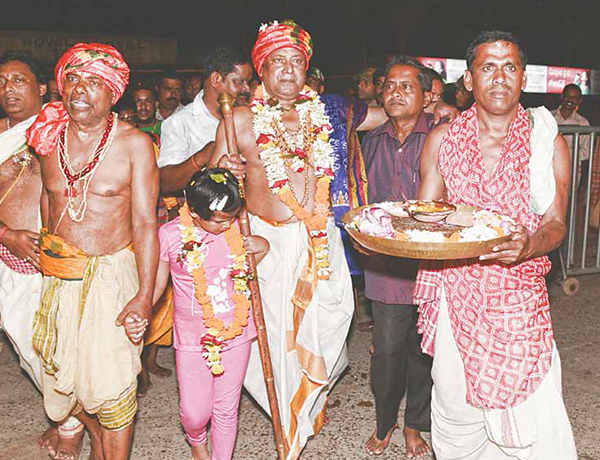
In the evening, four groups of Daitas, of four respective Badas (lineage), come out of the Lions gate of Jagannatha Temple holding Ajnamalas and proceed towards Sri Nahara (King’s Palace) at Puri where the Rajaguru hands over the Sankalp Gua to Viswavasu and Vidyapati entrusting them with the responsibility of finding the sacred neem trees.
The Vanayaga Yatra then begins in earnest.
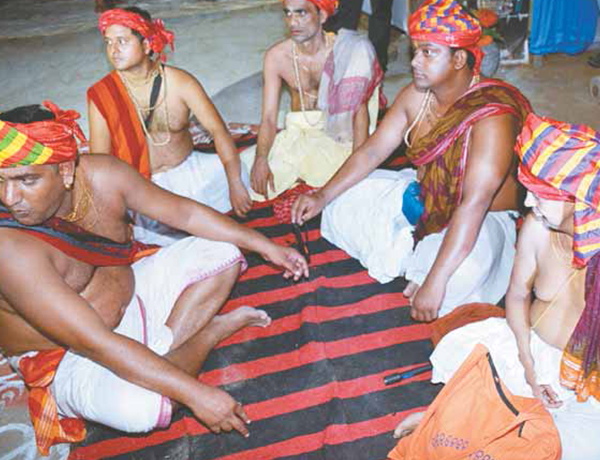
The Vanayaga party reaches its first stop ,i.e., the Jagannatha Ballav Math amid much fanfare.
Here, the party halts for one and a half days making the initial preparations for the journey which continues for nearly two months.
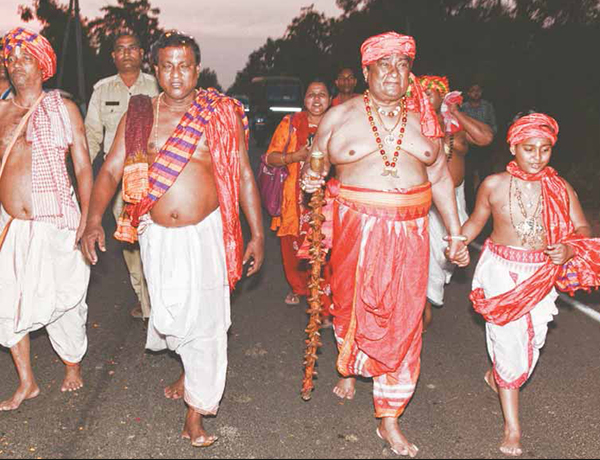
The following night, the Vanayaga Party proceeds towards the Deuli Math of Kakatpur halting at Balighai, Konark Temple and Narua Sankaresar temple on the way.
They are warmly welcomed by the villagers as anything accomplished in the service of the Vanayaga Party is considered as service to the Lord Jagannatha.
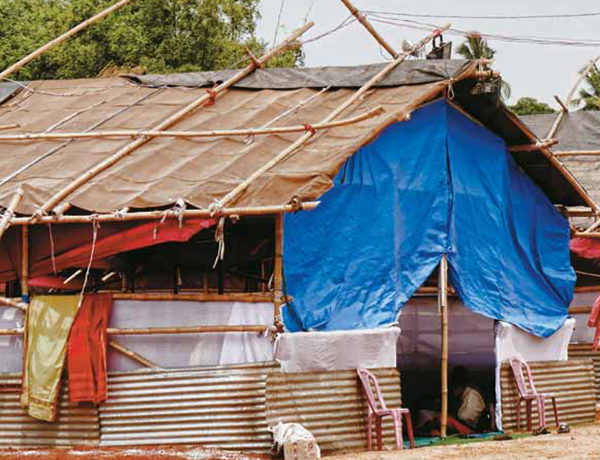
After reaching Deuli Math, the party halts at savarapallis (temporary shelters made out of bamboo and thatch) sponsored by the Puri Temple administration.
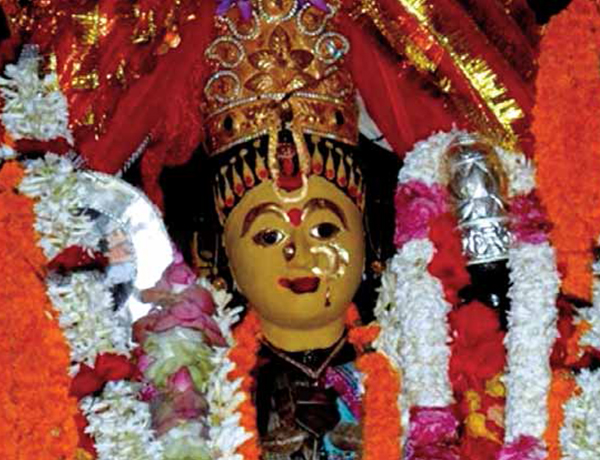
Kakatpur is considered to be an abode of Goddess Mangala, the mother of lord Jagannatha, who plays a vital role in the ceremony. It is believed that the Goddess appears in the dreams of the Vanayaga Party and provides directions and clues to identify the sacred neem trees.
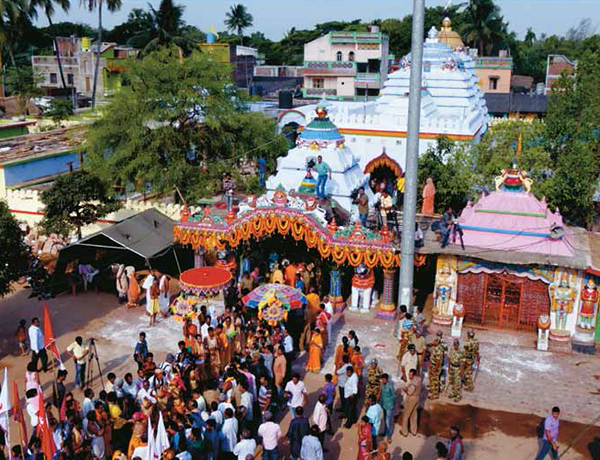
The next day, the Vanayaga party reaches the temple of Goddess Mangala in a ceremonial procession for the Manjana (Holy Ritual Bath) of the Goddess.
After the Ritual Bath involving 108 barrels of water, flowers, sarees and prasada, the Vanayaga Party returns to the Deuli Math and recites the Swapnabati Mantra before they sleep, to seek a dream wherein Goddess Mangala would provide indications for the location of the sacred trees.
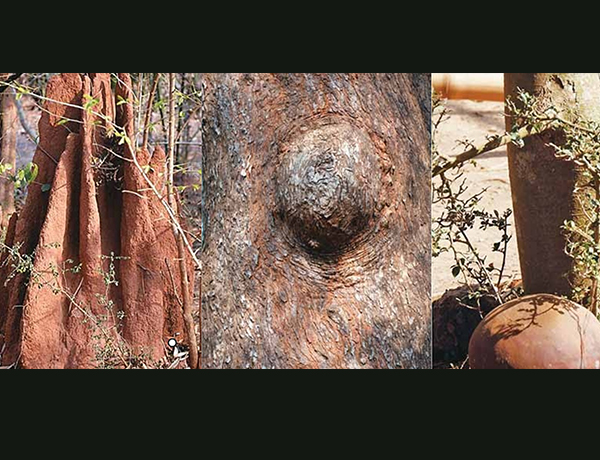
Based on the dream and help offered by the locals, the Badagrahi Daitas move in different directions to locate the sacred neem trees.
The selection of the neem trees for the Chaturdhamurti is not an arbitrary tradition. It is done only after verifying the requisite sacred symbols.
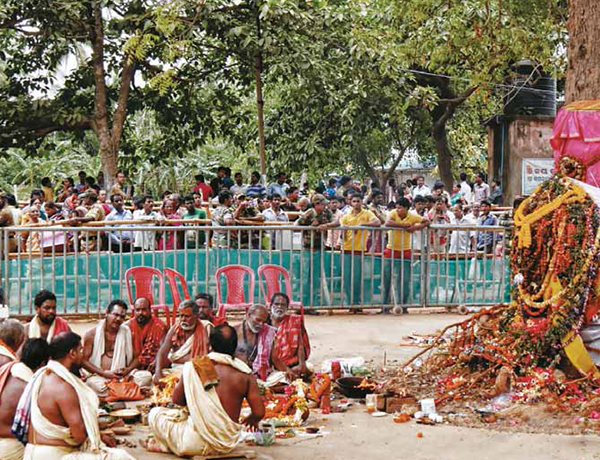
After the sacred trees are identified, a series of elaborate rituals are performed near them.
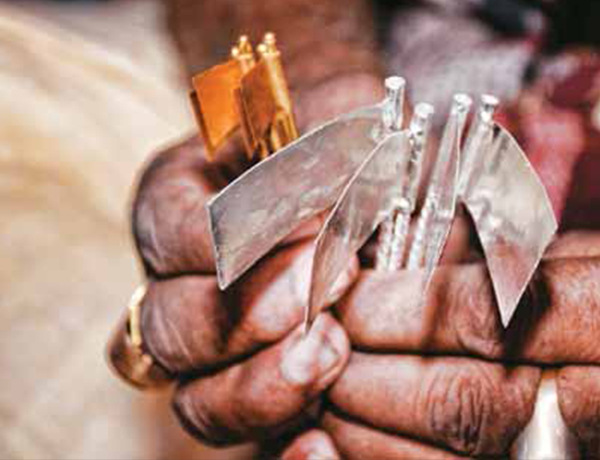
A ritual of touching three axes made of gold, silver and iron to the sacred neem trees are performed before beginning the process of cutting the trees.
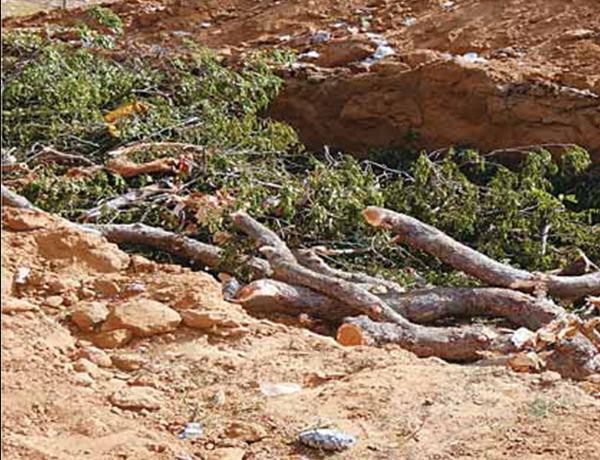
The trees are cut in a particular manner. Wooden logs in Chaupata (quadrangle) shape are taken out from the respective neem trees and the unrequired branches are buried in a pit in a process called Patali.
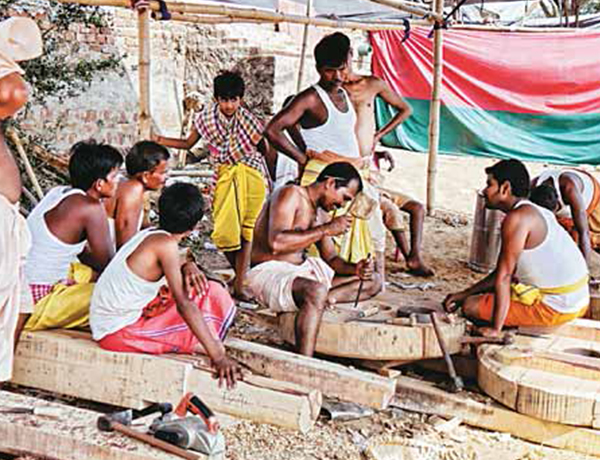
Four Daru-Sagadis (carts carrying Darus) are built by Viswakarmas (carpenters) for transporting the four sacred neem trees to the Jagannatha Temple, Puri.
After construction, the carts are consecrated by the Shrotiya Brahmins and are primed to use.
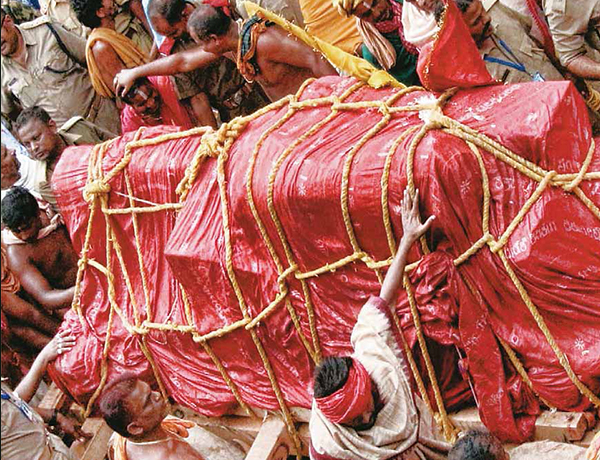
The sacred Chaupata Darus, lifted on the Sagadis and wrapped with the Geeta Govinda Khandua Silk, are tied with Patta Basunga (a special type of silken rope) while Shrotriya Brahmins chant Vedic mantras.
The carts are drawn by the ardent devotees until they reach Jagannatha Temple after three-four days.
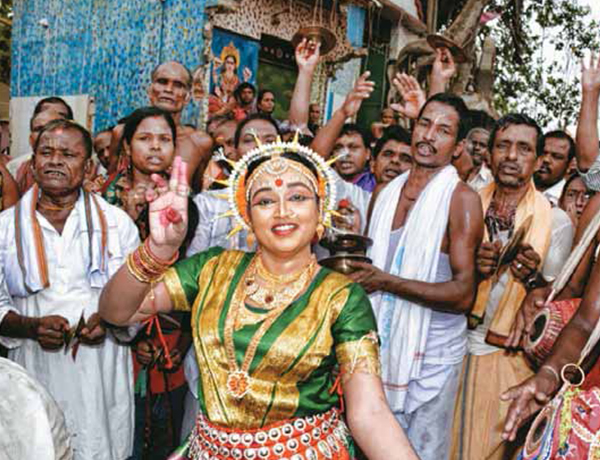
As the sacred journey of the Daru-Sagadis continue, a highly devotional ambience is created by devotees who perform music and dance before the carts.
Countless devotees gather on the roadside to catch a glimpse of the sacred carts.
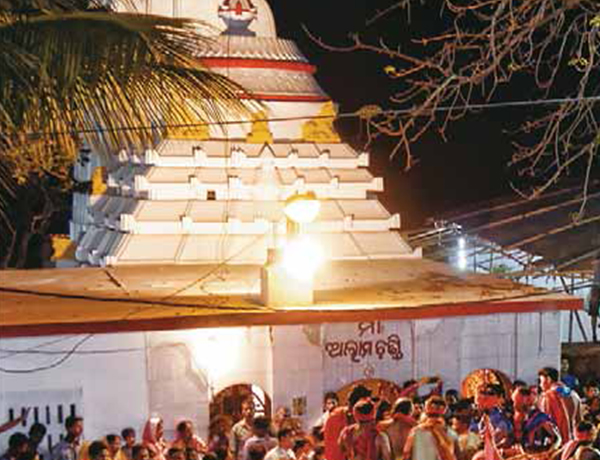
After reaching the city of Puri, the Daru-Sagadis of Sri Sudarshan, Sri Balabhadra and Devi Subhadra halt at Alam Chandi temple for one night.
It is believed that Alam Chandi is the cardinal Goddess who blesses the neem trees so that no damage occurs while constructing the idols.
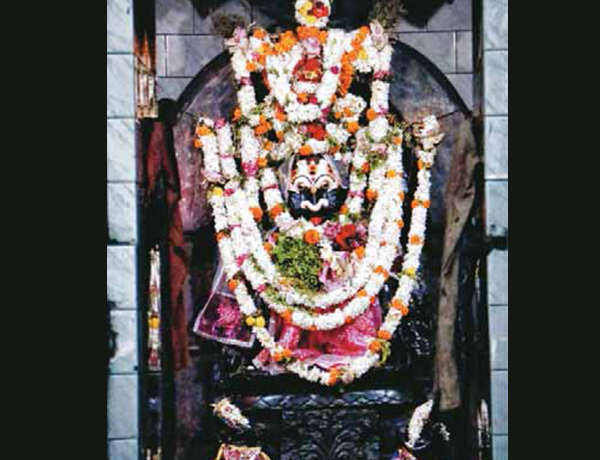
The Daru-Sagadi of Sri Jagannatha, on the other hand, halts at the Yajna Nrusimha temple.
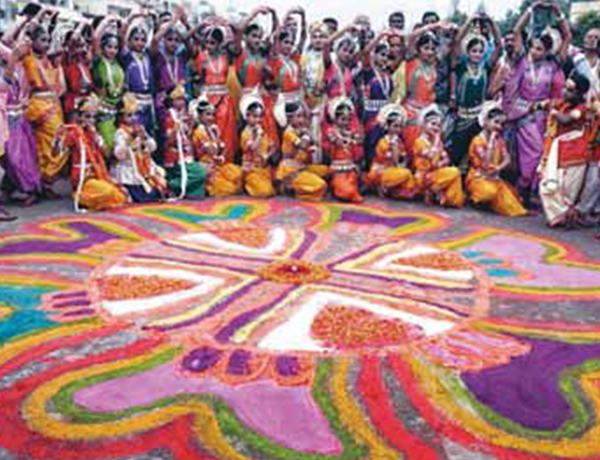
The Daru-Sagadis futher roll down to Badadanda (The Grand Road) in the pilgrim Town of Puri.
Womenfolk draw beautiful jhotis (traditional Odia white art) and alpanas (colourful art) on the Badadanda welcoming the grand procession.
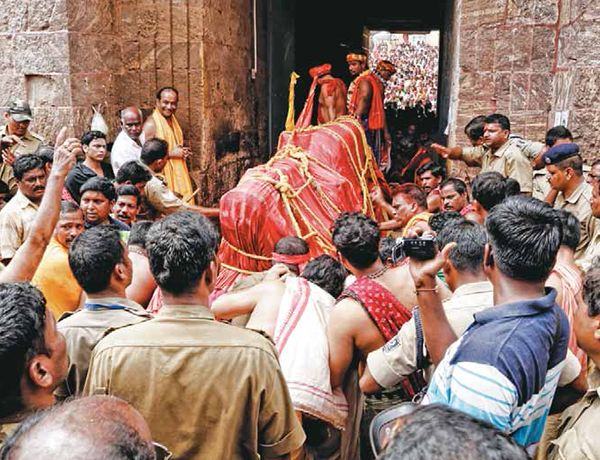
The Daru-Sagadis finally reach Koili-Vaikuntha, the Northern Gate of the Jagannatha Temple. The sacred logs are kept in the Daru-Griha which is a special enclosure for carving the idols of the Chaturdhamurti. The Viswakaramas maintain utmost sanctity and confidentiality while carving the idols. Drums are beaten in the premises of Koili-Vaikuntha to ensure that no outsider can hear the sound of carving the new deities.
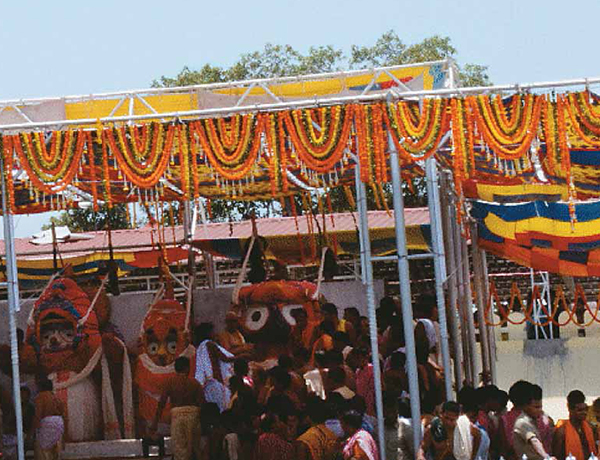
Deba Snana Yatra (Holy Ritual bath) of the Chaturdhamurti is performed at Snanavedi on the full moon day of Jyestha (birthday of Lord Jagannatha).
The old idols are ceremonially bathed in 108 pitchers of water drawn from a well called Suna kua (gold-well).
Simultaneously, the ceremonial bath of the four sacred darus take place in the Koili-Vaikuntha.
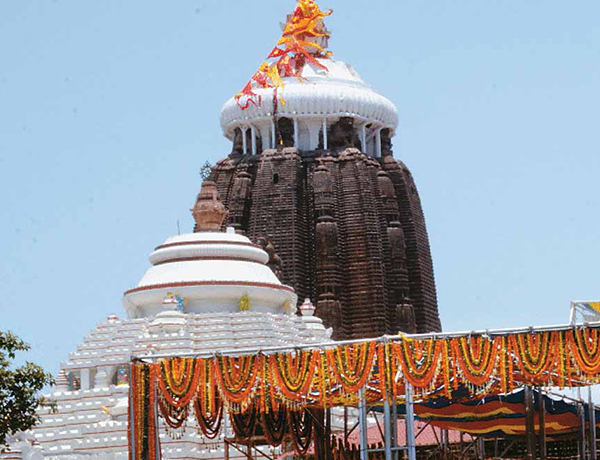
The old deities are dressed in an elephant headgear representing Lord Ganesha and are made available for darshan by the devotees at Snanavedi.
Thereafter, the deities enter into a phase of Maha Anasara, i.e., fever for up to 45 days during which public darshan is prohibited.
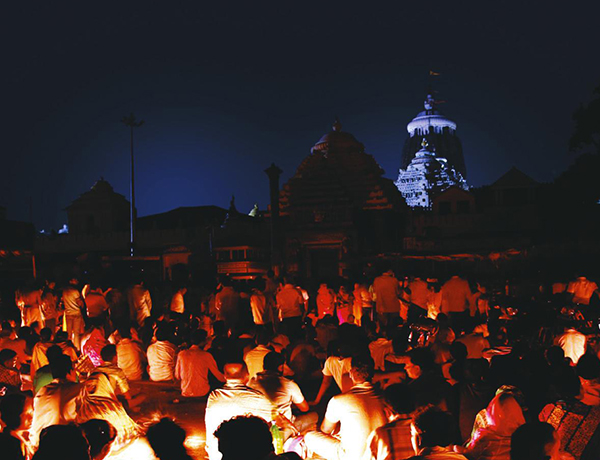
Finally, comes the most significant ritual of the entire ceremony- Ghata Paribartan. It signifies that the Bramha is transferred from an old body to a new body. This core ritual is performed by the Pati Mohapatra and the three Badagrahi Daitas in a highly secretive manner as prescribed and inherited through generations. Curious devotees wait outside the temple as this auspicious ritual takes place. After this ritual, the new deities are placed on Ratnavedi and the old idols are considered lifeless.
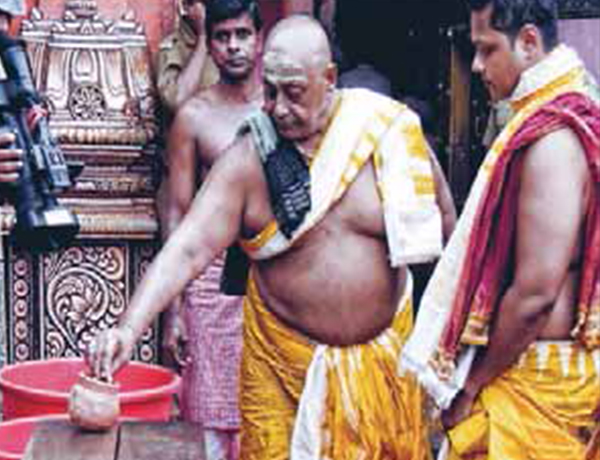
On the same night, the old idols are taken to Koili-Vaikuntha where patali or the ritual of burial is performed.
After the ritual is over, Shuddhi Kriya (obsequies) is performed by the Daitas and their families.
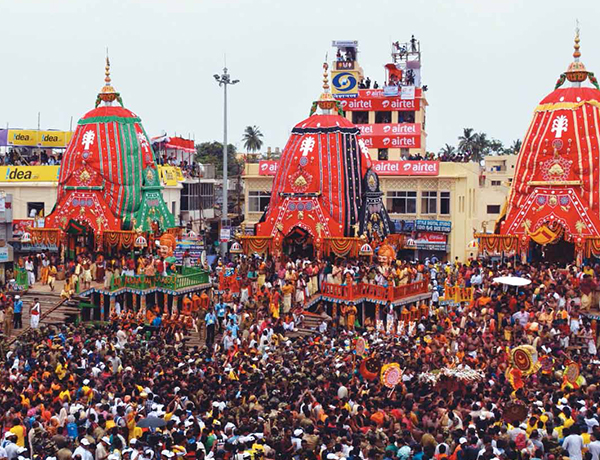
The elaborate ceremony of Nabakalebara ends with the Nabakalebara Rath Yatra of the three chariots along with parshwa devatas (peripheral deities) to Gundicha Temple and back to the grand religio-cultural epicenter Sri Jagannatha Temple, Puri.
Millions of ardent devotees then await the next auspicious Nabakalebara ceremony with much longing!
Na jāyate mriyate vā kadāchin nāyaṁ bhūtvā bhavitā
vā na bhūyaḥ
Ajo nityaḥ śhāśhvato yaṁ purāṇo na hanyate hanyamāne śharīre
- Sankhya Yoga of Bhagvat Geeta
The sloka says, “The soul is neither born, nor does it ever die nor having once existed, does it ever cease to be. The soul is without birth, eternal, immortal, and ageless. It is not destroyed when the body is destroyed.”
 Government of India
Government of India


